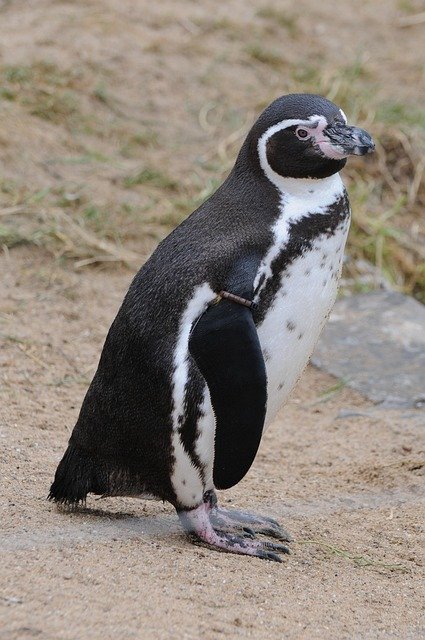The Social Lives of Penguins: Understanding Their Complex Communities

Penguins are often perceived as solitary creatures waddling across icy landscapes. However, these fascinating birds exhibit a rich social structure that is essential for their survival and reproduction. In this post, we will delve into the intricate social lives of penguins, exploring their communities, communication, and behaviors that highlight their complex social dynamics.
The Importance of Social Structure
Colony Formation
Penguins are known for their strong tendency to form large colonies. These colonies can consist of thousands of individuals, providing safety in numbers against predators and harsh environmental conditions. The size and structure of a colony can vary depending on the species and the availability of resources.
Social Bonds
Within these colonies, penguins establish social bonds that are crucial for their survival. They engage in various social interactions, from grooming each other to vocalizing calls that help strengthen their relationships. These bonds are vital during breeding seasons, where cooperation can enhance the chances of raising healthy chicks.
Communication: The Language of Penguins
Vocalizations
Penguins are highly vocal birds, using a variety of calls to communicate with one another. Each species has its own unique set of vocalizations, which can convey information about territory, mating, and even alarm signals. For example, the Emperor penguin's distinctive call allows mates to locate each other amidst the chaos of a bustling colony.
Body Language
In addition to vocalizations, penguins also rely on body language to express their feelings and intentions. Displays such as bowing, flapping, and posturing can indicate aggression, submission, or courtship. Understanding these non-verbal cues is essential for maintaining social harmony within the colony.
Cooperative Behavior
Parenting Partnerships
Many penguin species exhibit cooperative breeding behaviors, where both parents share responsibilities in raising their young. This partnership is crucial for the survival of the chicks, as it allows for better protection and feeding. In some species, like the Gentoo penguin, parents take turns incubating eggs and foraging for food.
Foraging and Feeding
Penguins often forage in groups, which can enhance their foraging success. By hunting in packs, they can drive schools of fish into tight formations, making it easier for individual penguins to catch their prey. This cooperative behavior not only improves feeding efficiency but also strengthens social bonds among group members.
Challenges to Social Structures
Climate Change and Habitat Loss
As climate change continues to impact the polar regions, penguin colonies face significant challenges. Melting ice and changing ocean currents can disrupt food availability and breeding grounds, putting stress on their social structures. Understanding these challenges is crucial for conservation efforts aimed at protecting these remarkable communities.
Human Interaction
Penguins are also affected by human activities, such as fishing, pollution, and tourism. These factors can disrupt their social dynamics, leading to decreased colony sizes and altered behaviors. Conservation initiatives that prioritize the protection of penguin habitats are essential for maintaining their complex social lives.
Conclusion
The social lives of penguins are a testament to their adaptability and resilience in the face of environmental challenges. By understanding the intricacies of their communities, we can appreciate the importance of preserving their habitats and ensuring the survival of these remarkable birds. As we continue to study penguins, we uncover more about their social behaviors and the vital role they play in the ecosystems they inhabit. Join us in celebrating the complex social lives of penguins and advocating for their protection!
